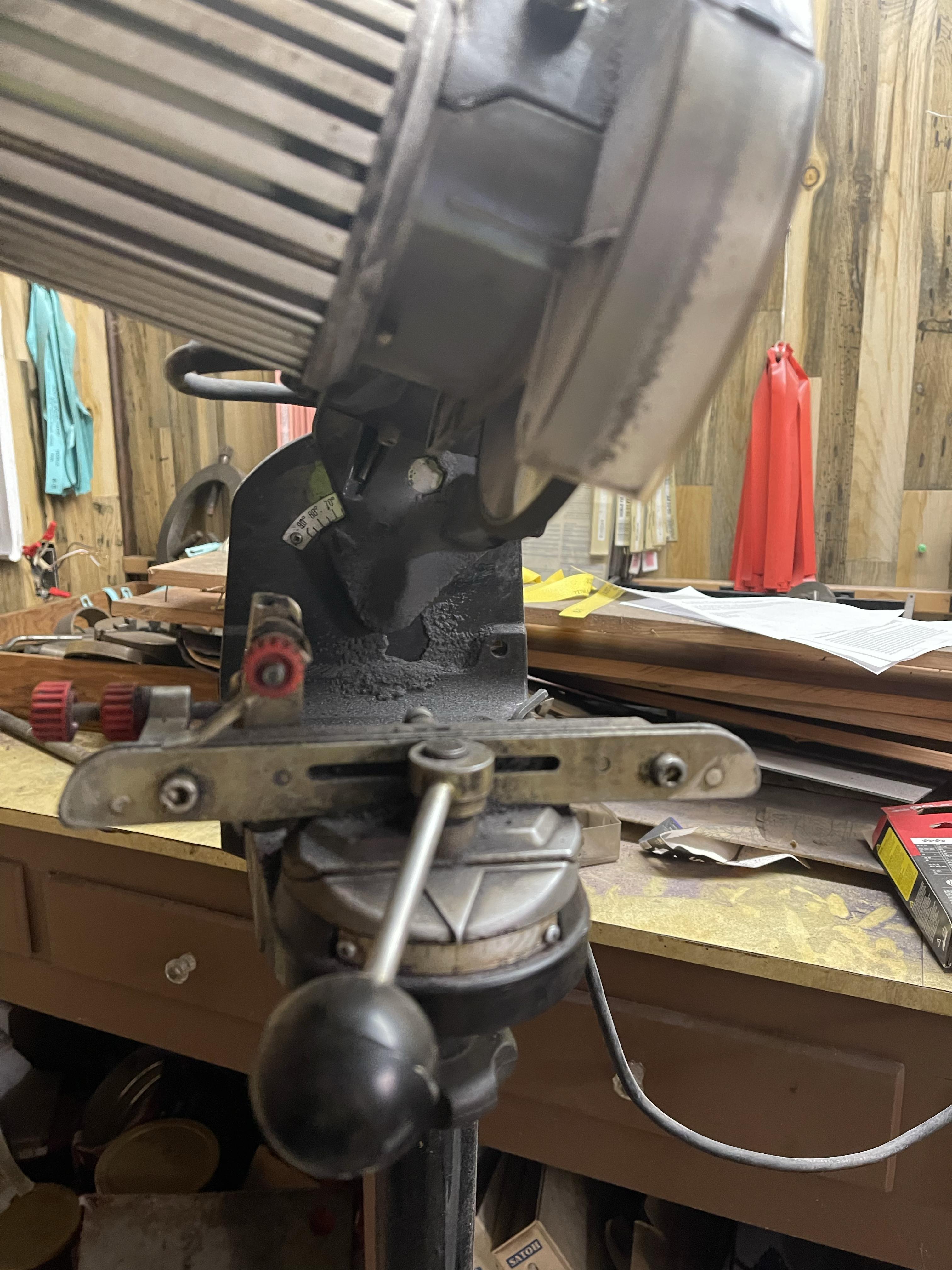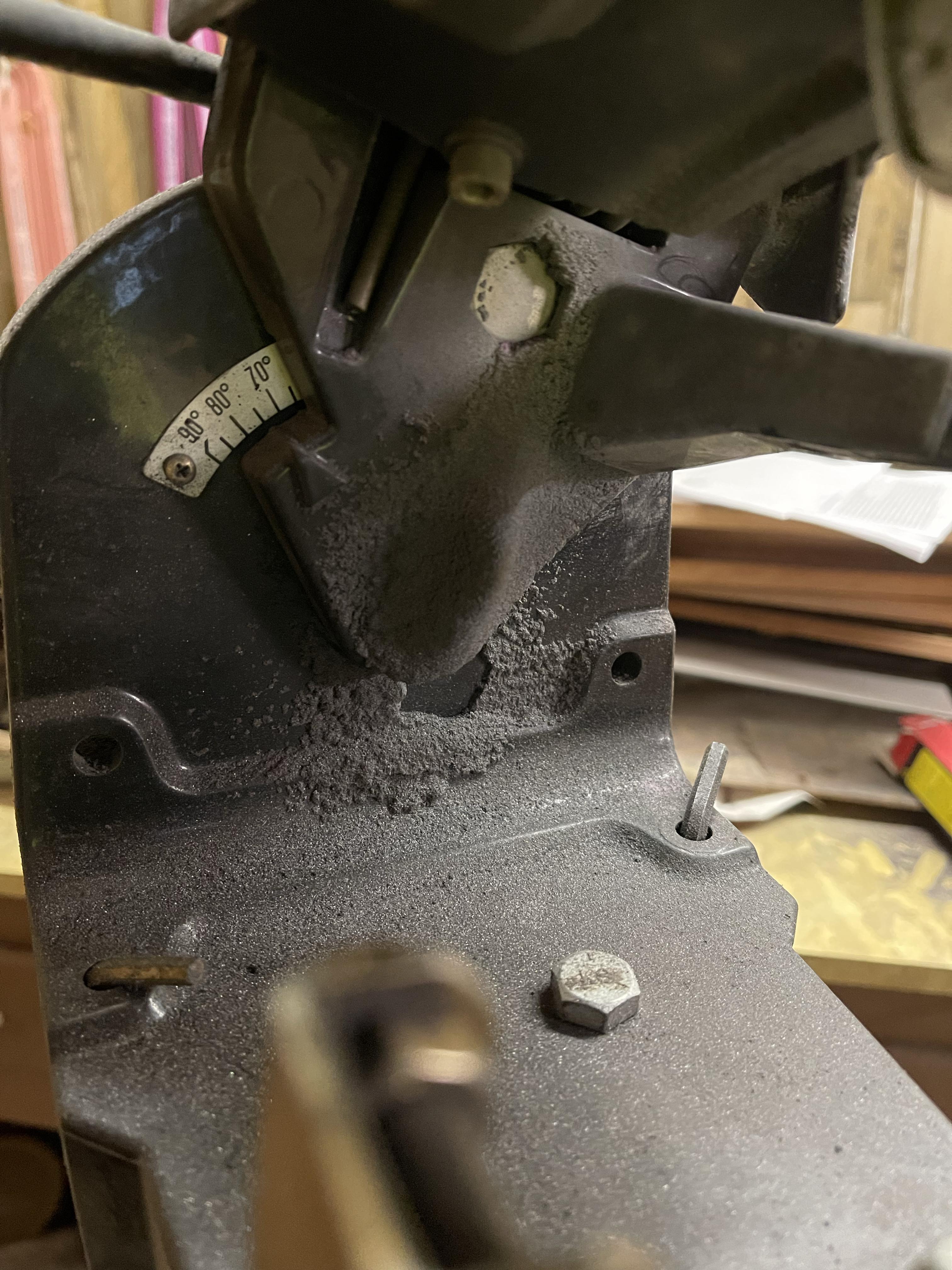memory
ArboristSite Guru
I just recently got a Oregon 410 120 grinder to do the depth gauges. According to the manual, it says to do both sides in one pass. I know when using a hand file, you are supposed to go in one direction. Why would it be different on a grinder? When doing both sides in the same direction, it looks like each side hits a different part of the wheel and be done at different heights. Should I just do one side at a time and flip it for the other side?
I really haven't got to use the grinder that much yet. But one thing I noticed is the height stop leaves a bit to be desired. There can be a lot of variation on how much pressure you apply if you are not careful. On mounting the grinder, has anybody mounted it where the vise is at eye level?
I really haven't got to use the grinder that much yet. But one thing I noticed is the height stop leaves a bit to be desired. There can be a lot of variation on how much pressure you apply if you are not careful. On mounting the grinder, has anybody mounted it where the vise is at eye level?










